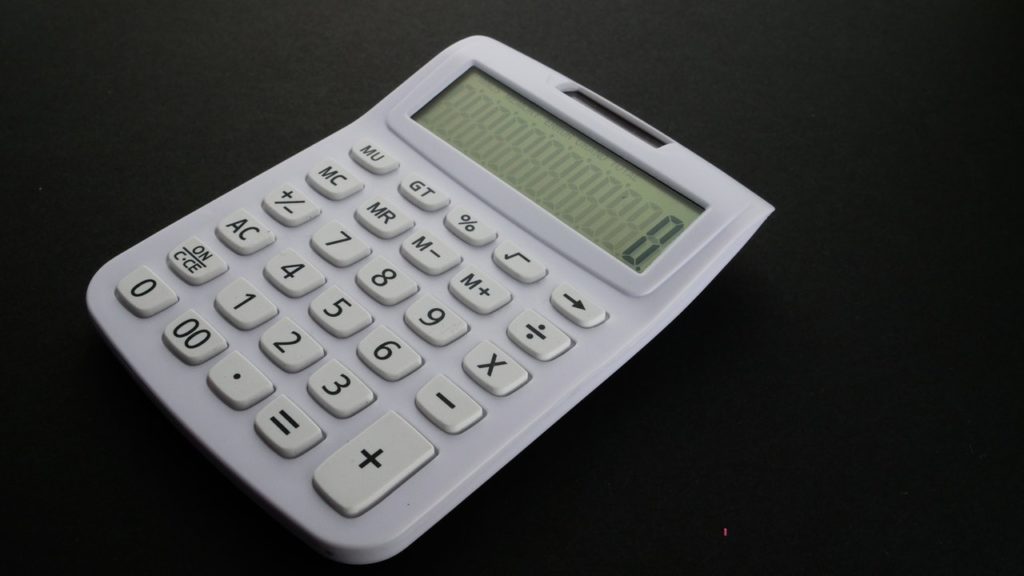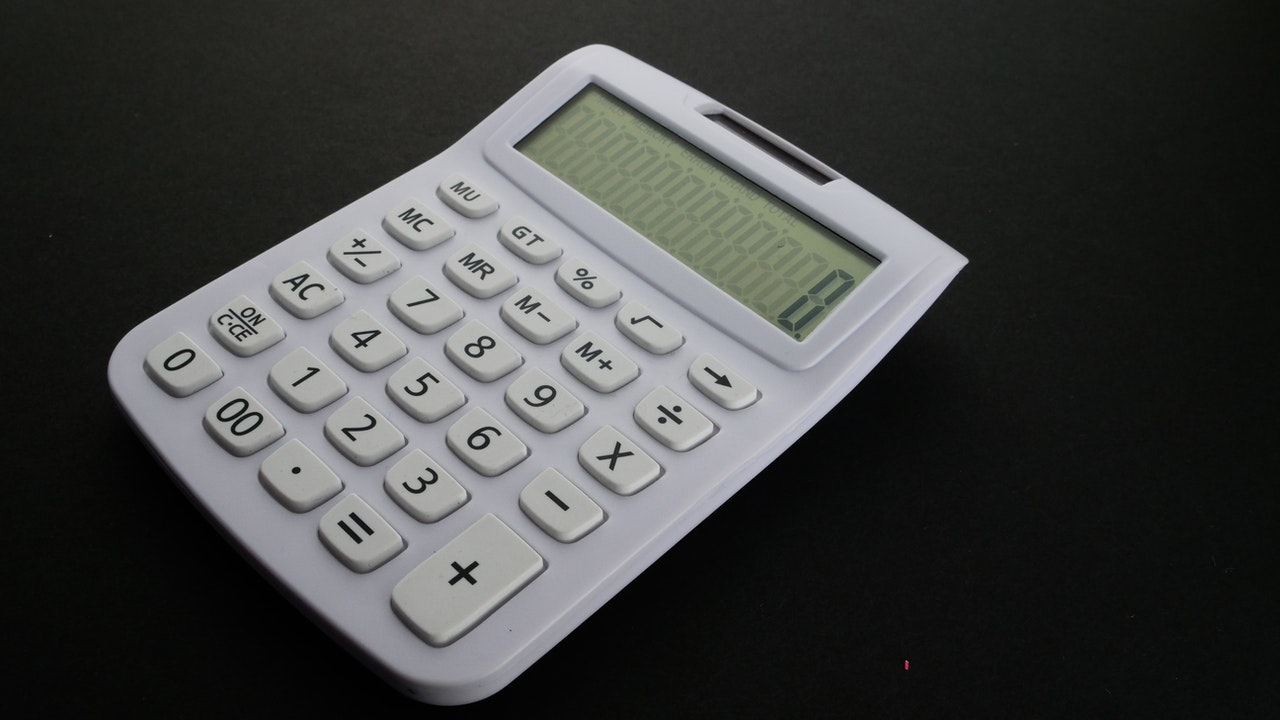I learned this today. The mathematical symbols + plus, – minus, x multiply, ÷ divide, and = equal are not as old as we think.
Mathematics itself goes back a very long way. The idea of counting began with hunter-gatherer tribes. Presumably, they would have known how to talk about adding and subtracting parts of animals and other things. Possibly even multiplication and division. The earliest evidence of mathematics is a bone found near the headwaters of the Nile in northeastern Congo. It is called the Ishango bone, and it is 20,000 years old. It has a series of marks carved into it that appear to be tally marks. There are many hypotheses as to what the tally marks mean, but they do appear to be a primitive counting tool.
The history of mathematics from that point to this is too long and complicated to go into here. Suffice it to say that it is a very long history. Which is why I had always assumed that the basic symbols we use for elementary school mathematics would also be ancient. But I have learned that they are not.
The + sign was invented by Nicole Oresme in 1360. In Europe, sums used to be written out in words, as in “2 and 2 are 4”, but in Latin, of course. “2 et 2 aequalis 4”. Feel free to correct my Latin in the comments. In the same way that “and per se and” became “&”, the Latin “et” for “and” became a + plus sign.
The – sign possibly came from the tilde (the line) written over a letter m. It was first used as the subtraction symbol in 1518 by Henricus Grammateus. In early fifteenth-century Europe, plus and minus were written as p̄ and m̄. Taken from the Latin, p̄ meant “piu” (more) and m̄ meant “meno” (less). As with most symbols, it became simplified and the m was dropped, leaving the line.
The earliest use of X as a symbol for multiplication was by William Oughtred in 1618. Some people think it started about a hundred years before that. As to why a cross, nobody seems to know. The actual symbol is not just an “X” but represents the St. Andrews Cross.
The first person to use ÷ as the symbol for division was the Swiss mathematician Johann Rahn in 1659. The symbol is called an obelus and was used in medieval manuscripts to mark when an editor was unsure about something. Why Rahn chose it to mean division is not known. His book wasn’t popular in Switzerland, but it was popular in Great Britain and the United States where ÷ became the common symbol for division.
The = symbol was invented by Robert Recorde in 1557. He actually explains why. He said that he was fed up with writing “is equal to” in words, so he made a symbol which is two lines of equal length, because nothing can be more equal than two equal lines.
There is an argument that changing mathematical notation from words to symbols sped up the advancement of mathematics because people could write more quickly and more clearly. I don’t know if that is true. That will have to be something I learn on another day.
So, the + (plus) symbol was created in 1360, the – (minus) symbol in 1518, the = (equal) symbol in 1557, the x (multiplication) symbol in 1618, and the ÷ (division) symbol in 1659. Nowhere near as long ago as I had thought. And that is what I learned today.
Sources
https://en.wikipedia.org/wiki/History_of_mathematical_notation
https://encyclopediaofmath.org/wiki/Mathematical_symbols
https://en.wikipedia.org/wiki/History_of_mathematics
https://www.fastcompany.com/3032233/the-surprisingly-short-history-of-the-plus-sign
https://www.buzzfeednews.com/article/stephaniemcneal/divisive-issue


